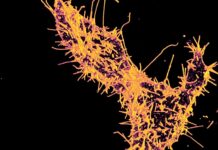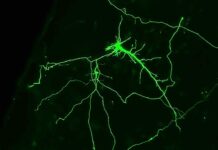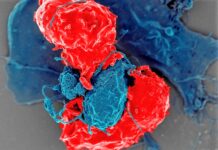A recent study published in Cell Reports has caught the attention of the scientific community by identifying nearly 3,000 genes exhibiting unpredictable allelic expression (RAE) patterns. These RAE genes, which preferentially express one allele over the other, have the potential to act as valuable biomarkers for diagnosing diseases. Researchers discovered that RAE genes were more susceptible to harmful mutations than biallelic genes, which typically support cell survival, suggesting that they might be more tolerant of mutations. The methodology of the study involved identifying patterns in allele expression from bulk RNA sequencing data, characterizing RAE genes by comparing the relative gene expression levels of each allele across different tissues within each individual.
What is Allele Expression and Biased Allele Activity?
As most of us know, every individual inherits two copies or alleles of most genes – one from each parent. Conventional genetic theory dictates that biallelic expression is almost universal, which means that both alleles are transcribed equally when the gene is expressed. However, this study suggests that it might be common for cells to exhibit preferential expression of one allele over the other, a phenomenon called biased allele activity. Allelic expression refers to the two different copies of a gene that exist in an individual, each containing a slightly different sequence of nucleotides.
What is the Methodology of the Study?
To investigate RAE patterns, the researchers employed a model that characterized patterns in allele expression from bulk RNA sequencing data, provided by the genotype tissue expression (GTEx) consortium. The team calculated the abundance of each allele across tissues, identifying 2,762 non-X-linked genes that displayed RAE patterns. Additionally, the researchers conducted a gene ontology analysis to identify molecular targets and biological processes associated with RAE genes, discovering that they were more likely to be involved in immune adaptability and cellular plasticity than biallelic genes.
What are the Implications of the Study?
The study’s findings challenge the conventional belief that all of an individual’s cells work with the same set of genetic blueprints. Understanding why and where one allele gets expressed more than its counterpart could lead to more accurate health risk assessments and diagnoses. The study suggests that part of a patient’s personalized medicine profile may need to be their gene expression profile, at a level that incorporates allelic biases. Additionally, the study highlights crucial new links between RAE and the factors that drive the differences between human beings, which could be a target for future studies.
Controversy and Criticism
Although the study has been praised for its innovative approach, it has also ignited controversy within the scientific community. Some experts argue that there is no mechanistic basis behind what the authors refer to as RAE, and that the mathematical model used in the study may pick up on unrelated expression phenomena that could be explained by cell-to-cell variation, such as cell-specific alternative splicing.
Others, such as Christopher Gregg, a neurobiologist and geneticist at the University of Utah School of Medicine, believe that the mechanisms behind RAE are still unknown, but stand by the methodology employed. Gregg suggests that there are likely multiple mechanisms at play, including transcriptional interference and enhancer interference, and hopes to continue studying the phenomenon in human tissues and its connection with diseases such as cancer.
Conclusion
Despite the controversy surrounding the study, it offers new insights into allele expression and its potential impact on disease diagnosis and treatment. Further research is necessary to better understand the mechanisms of RAE and its implications for personalized medicine.
Google News | Telegram
















